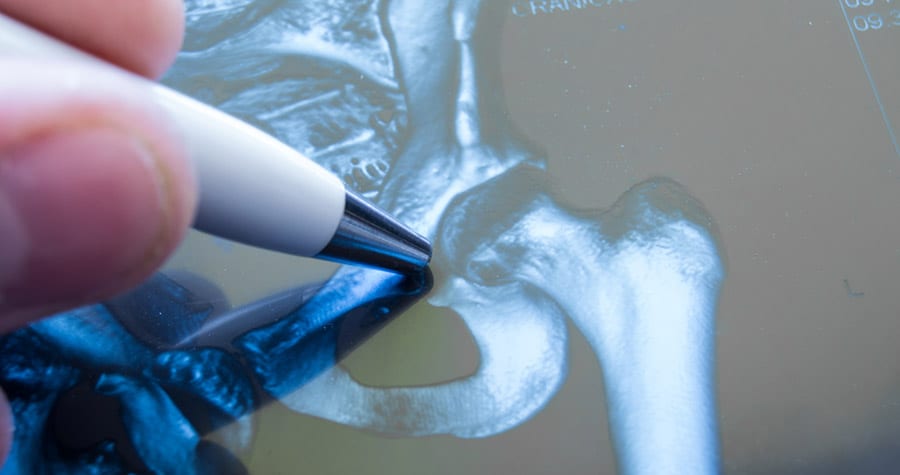
What to Ask Your Doctor About Osteoarthritis
Affecting nearly 30 million Americans, osteoarthritis (OA) is the most common form of arthritis. It can affect your spine and joints as protective cartilage wears down over time. If you’ve been diagnosed with OA, you may wondering what to ask a doctor about this condition so you can develop a better understanding of what to expect and what can be done to manage symptoms and decrease your discomfort. Below you’ll find some common questions to consider asking.
How will osteoarthritis affect me?
Several factors will determine how you may be affected by osteoarthritis. The most common symptoms associated with OA are joint pain and stiffness. You may also notice:
- Reduced flexibility
- Difficulty with mobility
- Tenderness around the affected joints
Can I do anything to prevent OA-related issues?
Osteoarthritis is not reversible. But the good news is you can take steps to maintain your flexibility and ease joint pain. Many people with OA do benefit from:
- Avoiding foods that contribute to inflammation – e.g., sugary snacks, processed foods, refined carbs, processed meats, and foods with artificial trans fats
- Low-impact exercise
- Yoga, tai chi, and other movement therapies
How can I avoid over-reliance on medication?
Medications commonly used for osteoarthritis include acetaminophen (Tylenol), non-steroidal anti-inflammatory drugs (NSAIDs), and an antidepressant called duloxetine (Cymbalta) that treats chronic OA pain. However, some of these medications can have troubling side effects if used on a long-term basis.
NSAIDs, for example, may cause stomach problems and increase your risk of bleeding. You may be able to reduce your reliance on medication by exploring non-pharmaceutical options for pain management. Possibilities include:
- Hot and cold therapy
- Postural exercises
- Transcutaneous electrical nerve stimulation (TENS) units
- Shoe inserts and similar devices to ease pain when walking
What happens if conservative treatments aren’t effective?
Many OA patients are able to find a combination of conservative treatments that effectively manage symptoms. If this isn’t the case for you, there are additional options available that may provide welcome relief.
One option is corticosteroid (steroid) injections administered directly to the affected area. What these injections do is numb the area around the joint, which may provide enough relief for you to benefit more from a personalized physical therapy routine. Other options include:
- Bone realignment (osteotomy)
- Hyaluronic acid injections
- Partial or complete joint replacement
Finally, ask a doctor about lifestyle changes you may be able to make to minimize your osteoarthritis-related discomfort. Depending on what applies to your unique circumstances, you may be advised to shed excess pounds or be cautious when participating in activities that require repetitious movements.







